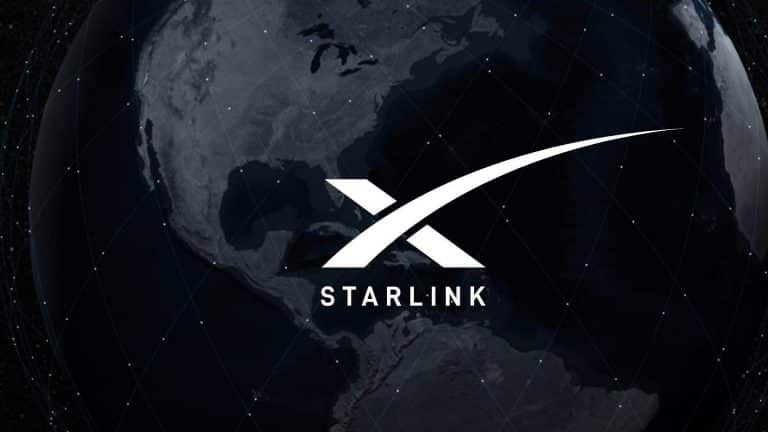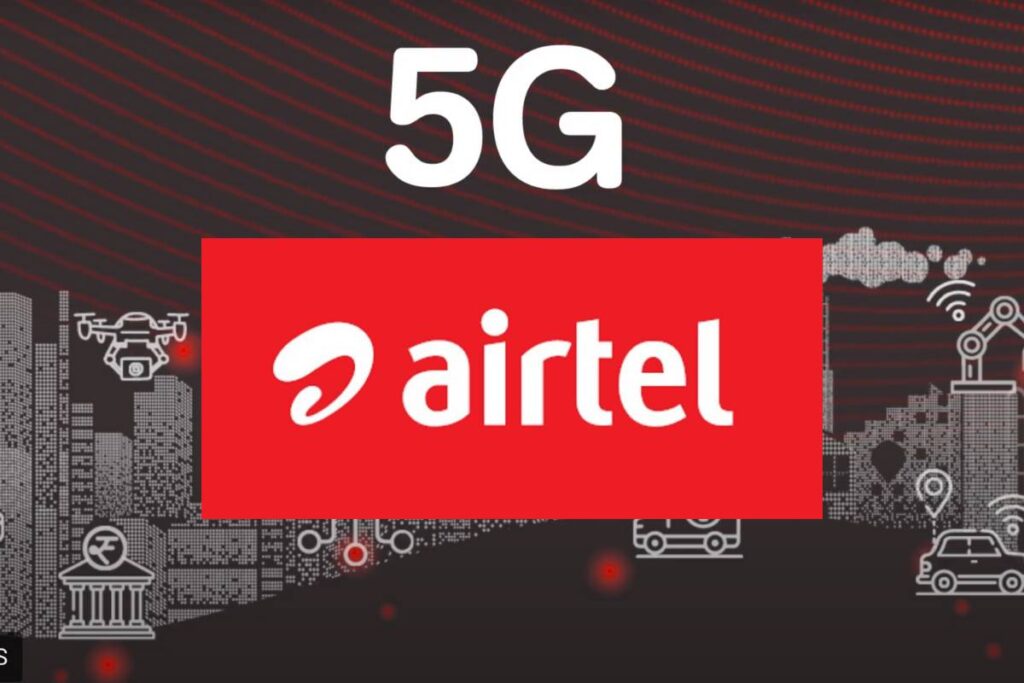In recent months, the buzz around Starlink’s potential entry into the Indian market has grown louder. As someone who’s been following both global tech trends and the rapid evolution of our local telecom landscape, I find this development particularly intriguing. Today, I want to dive deep into what Starlink’s presence might mean for established internet providers like Airtel and Jio, and how it could reshape connectivity in India.
Contents
A Brief Overview of Starlink
For those not entirely up-to-date, Starlink is SpaceX’s ambitious project to provide high-speed internet access via a constellation of low Earth orbit (LEO) satellites. Unlike traditional geostationary satellites, Starlink’s LEO satellites promise lower latency and higher data rates, potentially reaching even the most remote corners of the globe. The global rollout so far has largely been focused on bridging the connectivity gap in rural and underserved regions—a mission that resonates well with India’s vast geography. Read more about satellite internet advancements.
The 4G/5G Landscape in India: A Quick Recap
India’s telecom sector has experienced rapid evolution over the past decade. With Airtel and Jio at the forefront, the country witnessed a massive leap from 3G to 4G, and now, a concerted push towards 5G. These networks have transformed urban centers, improved mobile connectivity, and even started to permeate smaller towns. However, challenges remain:
- Coverage Gaps: Despite extensive 4G coverage, rural India still grapples with connectivity issues.
- Infrastructure Constraints: Deploying and maintaining extensive terrestrial networks in a country as vast as India is no small feat.
- Competitive Pressures: With aggressive pricing and service innovations, traditional providers are continuously battling to maintain margins and market share.
Starlink’s Potential Disruption: Complementary or Competitive?
One of the critical questions in my mind has been whether Starlink would pose direct competition to cellular networks or serve as a complementary force.
Complementing Existing Infrastructure
Given the sheer scale of India’s geography, there are many remote and rural areas where laying fiber or building extensive cellular towers is challenging. Here, Starlink’s satellite-based internet could fill critical gaps by:
- Providing Reliable Connectivity: Even in regions where terrestrial networks struggle, Starlink can offer stable internet access, potentially catalyzing socio-economic development. Learn more about India’s internet penetration challenges.
- Disaster Recovery: In natural disasters that compromise physical infrastructure, satellite internet can serve as an emergency backup, ensuring that connectivity is maintained.
Direct Competition in Urban Centers?
The scenario is different for urban India, where 4G and 5G networks are rapidly evolving. Starlink’s technology, while promising, comes with challenges:
- Latency and Speed Considerations: Although Starlink boasts low latency for satellite technology, terrestrial networks still offer superior performance in densely populated areas. Read a comparison of Starlink vs. Fiber Optic Internet.
- Cost Dynamics: The economics of deploying and maintaining a satellite constellation versus terrestrial networks differ vastly. Airtel and Jio benefit from years of infrastructure investments and established customer bases, making it challenging for a new entrant to disrupt urban connectivity overnight.
Regulatory and Market Challenges
One of the major hurdles for Starlink in India is the regulatory landscape. The Indian government has stringent norms for foreign direct investment (FDI) and telecom operations. Some of the key points include:
- Spectrum Allocation: Satellite services might require different spectrum management rules, and aligning these with existing telecom policies will be crucial. Explore India’s spectrum policies.
- Local Partnerships: Much like how telecom giants in India operate, Starlink might need to collaborate with local entities to navigate bureaucratic and infrastructural challenges.
- Pricing Models: Indian consumers are highly price-sensitive. Starlink’s service, at least initially, might be positioned as a premium solution—potentially limiting its immediate impact on the mass market.
Conclusion
Starlink’s prospective entry into the Indian market represents more than just a technological innovation—it symbolizes a potential paradigm shift in how connectivity is delivered across the country. While traditional 4G and 5G providers like Airtel and Jio are not likely to be immediately displaced, the ensuing competition could lead to a more robust and inclusive digital ecosystem.
In my view, the key to success will lie in collaboration and adaptation. If regulatory bodies, incumbent telecom players, and newcomers like Starlink can find a way to work together, we might witness a truly transformative era for India’s digital landscape. Only time will tell how these dynamics play out, but one thing is clear: the future of connectivity in India is poised for an exciting evolution.
What are your thoughts on Starlink’s potential in India? Do you see it as a disruptor or a complementary service to our existing networks? Share your insights below!


